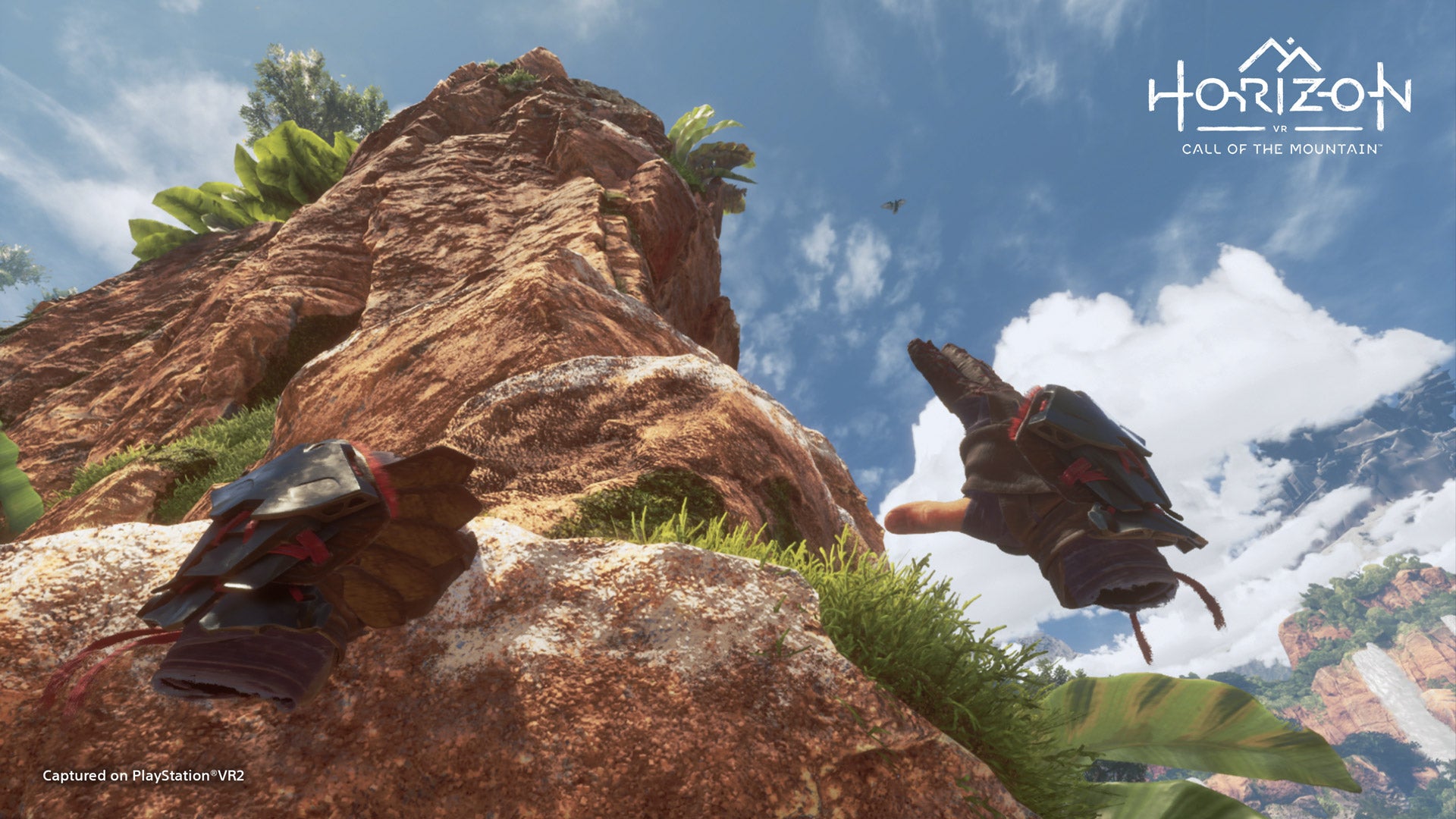Products You May Like
Tom’s a bit smitten with PS VR2, but I, a Virtual Reality Sceptic, have my doubts. So Tom donned the headset in an attempt to convince me that yes, Sony’s newest VR platform is the real deal, and well worth the buy-in. In fact, he says, it’s the most exciting leap forward in gaming since Mario 64. But I have to wonder if this costly peripheral is more akin to the Mega Drive’s 32X — an impressive add-on, but fiddly to use, and destined to have a limited library of b-tier exclusives and hasty ports. We argue about it in this video here:
There’s no doubt whatsoever that PlayStation VR2 is an incredible piece of hardware: 4K resolution, eye tracking, all the haptic features of the DualSense controller, and powered by the PS5’s high performance silicon. But all this, of course, doesn’t come cheap: at £529.99/$549.00, it’s more expensive than the PS5 required to run it. And that’s just for the headset and controllers: you don’t get any bundled games as standard. No cutesy AstroBot game that shows off all the spiffy new features. Not even a measly demo compilation.
This is slightly offset by the fact that VR exclusive games tend to be budget priced, but that’s mostly a concession to the fact that most VR exclusive games aren’t what you would call “full fat” experiences. The vast majority of the VR library (no matter which headset you choose) is comprised of short-ish tech demos, minigame compilations, and traditional games which have been adapted for VR with varying levels of success.

In short: it’s incredible, groundbreaking tech, but it’s a very hard sell. And this is the vicious circle that VR has been trapped in since its 21st century re-emergence some years ago: a high barrier to entry (cost, space, accessibility) keeps the userbase low, which gives studios less incentive to make bespoke, AAA experiences for it, which keeps the game library underwhelming for potential buyers. Ironically, the original PS VR made some headway into breaking this paradigm, because it was a cut-price VR solution (with a cut-price feature set). But next gen upgrades come at next gen prices.
It’s quite a pickle, and I don’t envy any tech company that’s trying to establish VR as the next big thing, which it arguably should be.
Big, first party publishers like Valve and Sony can plough money into big-splash titles like Half Life: Alyx and Horizon: Call of the Mountain, which are certainly quality experiences in their own right, but are they enough to make VR finally explode into the mainstream, and take it beyond a curious toy for rich enthusiasts? It remains to be seen in PS VR2’s case, but I bet most of your pals haven’t played Half Life: Alyx, as good as it is.